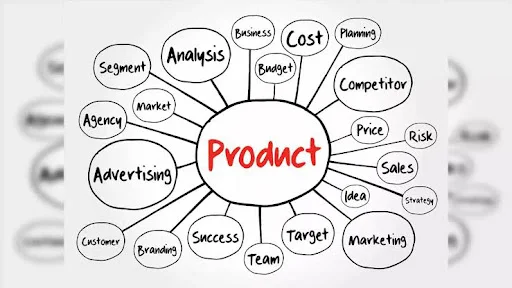How to Prioritize Features Effectively in a Product - Management Perspectives !!
To prioritize a list of product features, you can use methods like the RICE scoring system (Reach, Impact, Confidence, Effort), the Kano Model (categorizing features as basic, performance, or excitement), the MoSCoW method (Must-have, Should-have, Could-have, Won't-have), Opportunity Scoring (evaluating features based on market demand and potential value), or by considering factors like user feedback, business impact, technical feasibility, and development effort, often using a weighted scoring system to evaluate each feature based on these criteria.
Key points to consider when prioritizing features:
- User needs and pain points:Prioritize features that address major user problems and provide significant value to the target audience.
- Business impact:Assess how each feature will contribute to key business goals like revenue, customer retention, or market share.
- Development effort:Evaluate the complexity and time required to implement each feature.
- Market analysis:Consider market trends and competitor offerings to understand the potential demand for a feature.
- Technical feasibility:Assess whether the feature is technically viable with current resources and technology.
Popular prioritization frameworks:
- RICE (Reach, Impact, Confidence, Effort):A widely used method where each feature is scored based on its potential reach, impact on users, confidence in the feature's success, and development effort.
- Kano Model:Classifies features as "basic needs" (must-have), "performance" (features that improve user satisfaction with higher quality), and "excitement" (unexpected features that create delight).
- MoSCoW Method:Categorizes features as "Must-have", "Should-have", "Could-have", and "Won't-have" based on their importance and feasibility.
- Opportunity Scoring:Assigns a score to each feature based on its potential market impact, revenue generation, and strategic alignment with business goals.
- Value vs. Effort Matrix:
- Visualizes features by plotting their perceived value against development effort, helping identify features with high value and low effort.
How to prioritize features effectively:
- Gather user feedback:Conduct surveys, interviews, and usability testing to understand user needs and pain points.
- Collaborate with stakeholders:Involve key decision-makers and development teams in the prioritization process.
- Use data-driven insights:Leverage analytics to identify user behavior patterns and inform feature prioritization.



Comments
Post a Comment
"Thank you for seeking advice on your career journey! Our team is dedicated to providing personalized guidance on education and success. Please share your specific questions or concerns, and we'll assist you in navigating the path to a fulfilling and successful career."